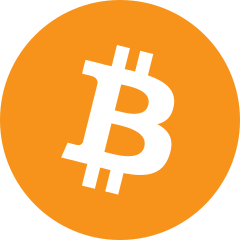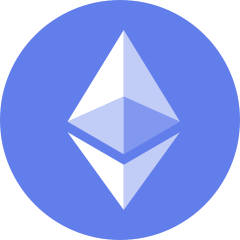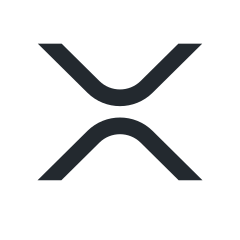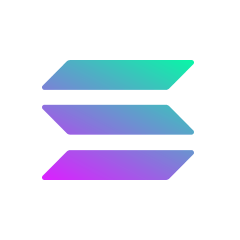
Polkadot has upgraded its decision-making process to be more inclusive and decentralized, while dramatically increasing the number of proposals that can be voted on, the blockchain ecosystem’s founder, Gavin Wood, announced at the annual community gathering, Polkadot Decoded.
Polkadot’s Governance version 2 (Gov2) will remove any preferential “first-class citizens” in terms of governance, such as the Polkadot Council and Technical Committee, leaving a single class of referendum participants, an accompanying blog post states. The new version also includes various tweaks to streamline governance processes so that many decisions can be made simultaneously.
Gov2 is set to launch on Kusama, Polkadot’s more nimble and experimental sister network, imminently, according to the blog post, following a final professional audit of its code. Once Gov2 is tested on Kusama, a proposal will be made for the Polkadot network to vote on, Wood added, without stating how long that process will take.
Decentralized governance of large and complex systems isn’t easy – a fact that’s been demonstrated repeatedly, from Ethereum’s early, bruising experience of a decentralized autonomous organization (DAO) through to the current state of fractious deliberation engulfing the MakerDAO community.
Polkadot, which is composed of a rule-enforcing relay chain and a series of separate but connected proof-of-stake blockchain environments running in parallel called parachains, now relies on an elected Council executive, whose limited bandwidth meant the system favored the deep consideration of very few proposals rather than a broad consideration of many.
“In Gov2, anyone is able to start a referendum at any time, and they can do this as many times as they wish,” the blog post states. “Anyone can also vote on these referenda. There are no explicit limits on the number of referenda which are open to vote on at any time.”
New “Origins”
While Gov2 attempts to remove centralized voting hierarchy, in order to make the potential scope of things to vote on manageable, the new system introduces a grading of importance for decision making: Independent proposals are described by “Origins,” denoting the importance of a proposal; then they are assigned a “track” through which each proposal progresses.
For instance, “the Root Origin has the highest thresholds and safeguards and only allows a single über-dangerous proposal to be decided at a time,” while less powerful Origins have accordingly shorter consideration periods and lower thresholds for approval.
The person responsible for the proposal is allowed to specify which Origin he would like his proposal to be executed with. This allocation, in turn, will determine which track that proposal will follow and how the referendum will be conducted.
“Having independent tracks allows us to tailor the dynamics of referenda based upon their implied privilege level. Referenda which execute their proposals from more powerful Origins will have more stringent safeguards, higher thresholds and longer consideration periods,” the blog post states.
Proposals need to also meet three criteria levels before they can be elevated to a “deciding state,” including a lead-in period with a set time frame, a decision allocation (there must be room in an appropriate track for the proposal to be included) and finally, payment of a “decision deposit,” which covers the cost of on-chain storage of the referendum and prevents spam.
The Polkadot Fellowship
Polkadot’s Technical Committee, which existed in the first version of the governance system, will be replaced by a more decentralized body called the “Polkadot Fellowship” in order to prevent a position of expert command or ruling cabal from forming. It will also prevent members from having so much decision-making power that they could be unduly pressured (by authorities, “malevolent or benign,” for example) to act in certain ways.
Unlike the current Technical Committee, the Fellowship is designed to be far broader in membership and could include tens of thousands of members, with far lower barriers to entry both in terms of administrative process flow and expectations of expertise.
“The Fellowship is a mostly self-governing expert body with a primary goal of representing the humans who embody and contain the technical knowledge base of the Polkadot network and protocol,” the blog post states. “Becoming a candidate member in the Fellowship is as easy as placing a small deposit.”
These members are then given a rank “to designate the degree to which the system expects their opinion to be well-informed, of a sound technical basis and in line with the interests of Polkadot.”
In order to make this process of ranking Fellowship members transparent and accountable, there will be a constitution that lays out the requirements and expectations associated with any given rank.
Read more about
 BTC$20,084.41
BTC$20,084.41
 ETH$1,116.04
ETH$1,116.04
 BNB$218.98
BNB$218.98
 XRP$0.326290
XRP$0.326290
 SOL$34.72
SOL$34.72
View All Prices
Sign up for Valid Points, our weekly newsletter breaking down Ethereum’s evolution and its impact on crypto markets.







